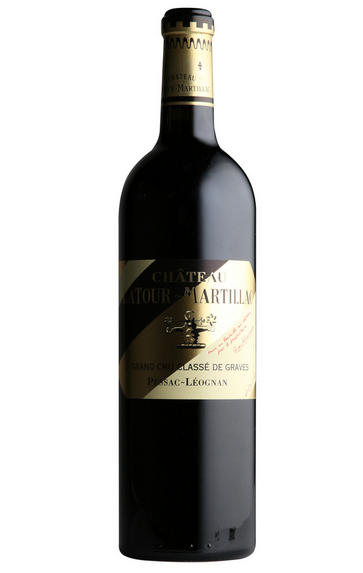
2010 Château Latour-Martillac, Pessac-Léognan, Bordeaux
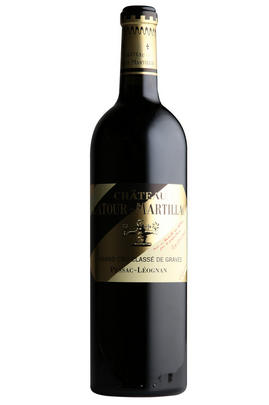
Critics reviews
Robert M. Parker, Jr. - 28/02/2013
(90+ Robert Parker- Wine Advocate- Feb 2013)
The strongest vintage from Latour-Martillac since their 2005, this dense purple-colored 2010 offers up notes of black currants, graphite, smoke and earth. Deep and full-bodied with superb purity and moderate tannin, it is reminiscent of the 2005, which is just beginning to emerge from a dormant stage. Give the 2010 3-4 years of cellaring and drink it over the following two decades.
(90-92 Robert Parker -Wine Advocate #194 May 2011)
About this WINE
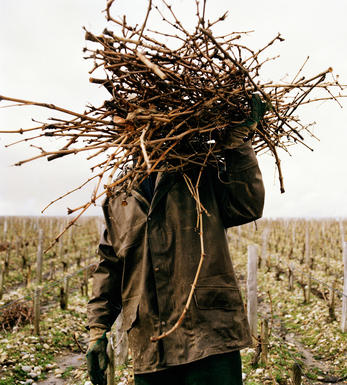
Chateau Latour-Martillac
La Tour Martillac has been owned and managed by the Kressmann family since the late 19th century and now under the stewardship of Tristan and Loïc Kressmann.
The tower that gives its name to this estate is all that remains of the 12th century fortification. The reds are typically a blend of Cabernet Sauvignon (59%), Merlot (35%) and Malbec (6%). The whites are produced from Semillon (60%), Sauvignon Blanc (35%) and Muscasdelle (5%)
The wines have continued to improve in quality with the aid of some top Bordeaux consultants. Famously the gold and black label dates back to 1929, designed specifically for a bottle served in 1936 for the coronation of George Vl.
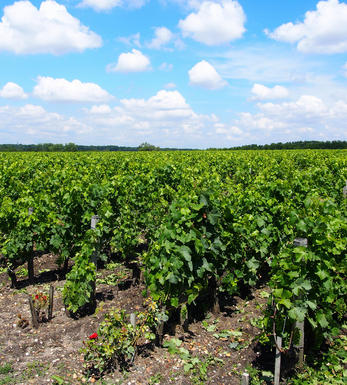
Pessac-Leognan
In 1986 a new communal district was created within Graves, in Bordeaux, based on the districts of Pessac and Léognan, the first of which lies within the suburbs of the city. Essentially this came about through pressure from Pessac-Léognan vignerons, who wished to disassociate themselves from growers with predominately sandy soils further south in Graves.
Pessac-Léognan has the best soils of the region, very similar to those of the Médoc, although the depth of gravel is more variable, and contains all the classed growths of the region. Some of its great names, including Ch. Haut-Brion, even sit serenely and resolutely in Bordeaux's southern urban sprawl.
The climate is milder than to the north of the city and the harvest can occur up to two weeks earlier. This gives the best wines a heady, rich and almost savoury character, laced with notes of tobacco, spice and leather. Further south, the soil is sandier with more clay, and the wines are lighter, fruity and suitable for earlier drinking.
Recommended Châteaux: Ch. Haut-Brion, Ch. la Mission Haut-Brion, Ch. Pape Clément, Ch Haut-Bailly, Domaine de Chevalier, Ch. Larrivet-Haut-Brion, Ch. Carmes Haut-Brion, Ch. La Garde, Villa Bel-Air.
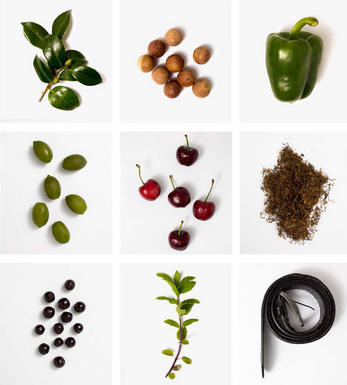
Cabernet Sauvignon Blend
Cabernet Sauvignon lends itself particularly well in blends with Merlot. This is actually the archetypal Bordeaux blend, though in different proportions in the sub-regions and sometimes topped up with Cabernet Franc, Malbec, and Petit Verdot.
In the Médoc and Graves the percentage of Cabernet Sauvignon in the blend can range from 95% (Mouton-Rothschild) to as low as 40%. It is particularly suited to the dry, warm, free- draining, gravel-rich soils and is responsible for the redolent cassis characteristics as well as the depth of colour, tannic structure and pronounced acidity of Médoc wines. However 100% Cabernet Sauvignon wines can be slightly hollow-tasting in the middle palate and Merlot with its generous, fleshy fruit flavours acts as a perfect foil by filling in this cavity.
In St-Emilion and Pomerol, the blends are Merlot dominated as Cabernet Sauvignon can struggle to ripen there - when it is included, it adds structure and body to the wine. Sassicaia is the most famous Bordeaux blend in Italy and has spawned many imitations, whereby the blend is now firmly established in the New World and particularly in California and Australia.


Buying options
Add to wishlist
Description
Abundant notes of spicy oak, elegant black currants and rich fruitiness along with hints of forest floor and damp earth are followed by a medium to full-bodied wine with sweet tannin and the classic Pessac-Leognan/Graves characteristics of tobacco leaf and smoke. Deep fruit, moderate tannin and a long finish give this wine enough potential to last for up to two decades or more.
Robert M. Parker, Jr. - 28/02/2013
wine at a glance
Delivery and quality guarantee